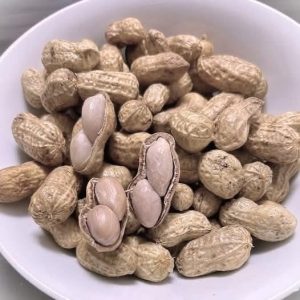In today’s age of advanced technology, where washing machines offer a multitude of settings and digital displays, it’s easy to forget how different things were not so long ago. The vintage wringer washer stands as a testament to a time when doing laundry was an entirely manual task, demanding both time and effort. Let’s take a closer look at this fascinating relic from the past, exploring its mechanics, usage, and the role it played in everyday life.
What is a Wringer Washer?
A wringer washer is an early type of washing machine that combines a washing tub and a wringer mechanism. These machines were widely used from the late 1800s through the 1960s before automatic washing machines became the norm. A typical wringer washer consists of:
- Wash Tub: This is where the clothes are soaked, agitated, and cleaned. The tub is usually powered by an electric motor or manually operated with a hand crank.
- Agitator: A central device that moves clothes around in the wash tub, mimicking the scrubbing action required to remove dirt and stains.
- Wringer Rollers: Two cylindrical rollers located on top of the machine that squeeze water out of the clothes as they are fed through, effectively wringing them out before drying.
How Does a Wringer Washer Work?
Using a wringer washer involves several steps, each requiring careful attention and a bit of elbow grease:
- Filling the Tub: The wash tub is filled with hot water and detergent, either by a hose or manually with buckets.
- Agitating the Clothes: Clothes are placed in the tub, where they are agitated by the central agitator. This process usually takes about 10-15 minutes, depending on the level of soil on the clothing.
- Rinsing: After washing, the soapy water is drained, and the tub is refilled with clean water for rinsing. Clothes are agitated again to remove detergent residues.
- Wringing: This is the defining step of the wringer washer. Each piece of clothing is fed through the wringer rollers, which squeeze out excess water. Users must be cautious to keep fingers clear of the rollers to avoid injury.
- Drying: Once wrung, clothes are hung out to dry, typically on a clothesline.
The Evolution of Laundry Technology
The wringer washer was a significant advancement over washing clothes by hand. Before its invention, laundry was an arduous task involving scrubbing clothes against washboards, boiling water, and manually wringing out heavy, wet fabrics. The wringer washer made this process more efficient, reducing the physical strain and time required.
However, these machines were not without their drawbacks. Operating a wringer washer required considerable manual effort, and improper use of the wringer could result in damage to clothes or injuries. Moreover, users needed to be mindful of clothing getting caught in the rollers, a common hazard that led to many accidental pinches and bruises.
Author: awestories24.com




